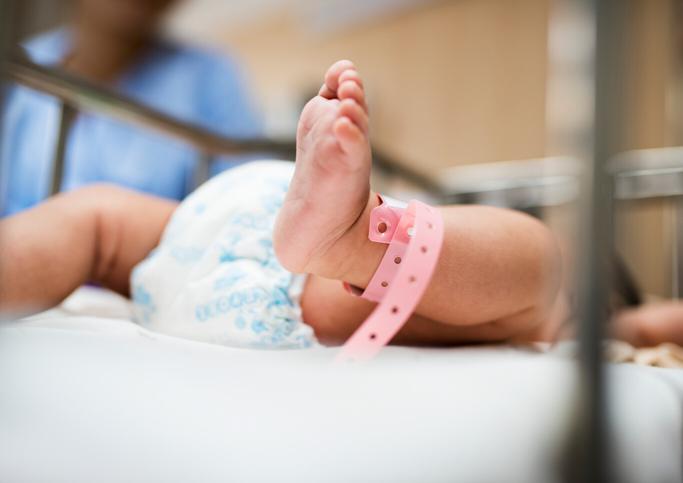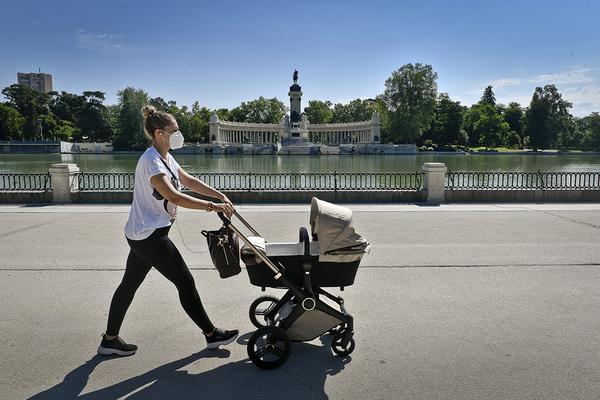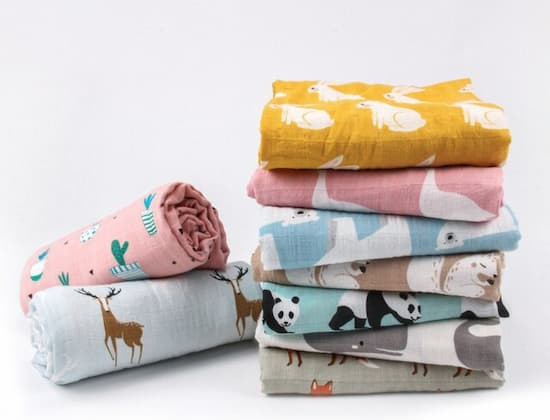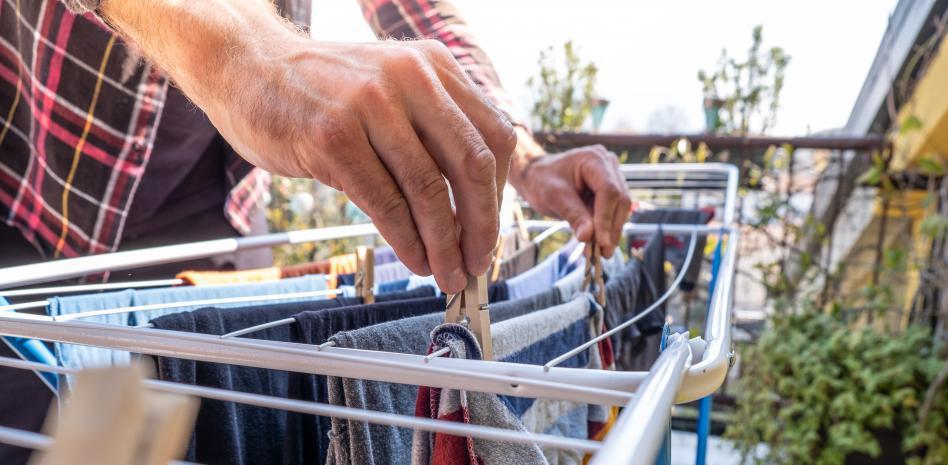"Made in Bangladesh": the clothing label that hides a harsh reality
Probably when you go to buy clothes at a retail store or multinational chain, you only look at the label to verify the size, but you have not realized other important information that may be on it, such as -for example- the country where the clothing was manufactured. garment. Or, if you read that fact, you didn't question yourself too much about it.
Do not feel guilty, unconscious or too naive, the truth is that it is difficult to imagine that a simple "made in..." could hide a dark scenario.
The truth is that in recent times the so-called "fast fashion" or "fast fashion" has made its way into several countries around the world, including ours. If the concept doesn't ring a bell, it is a strategy that seeks to “introduce clothing collections that follow the latest fashion trends but have been designed and manufactured quickly and cheaply. In this way, they offer the average consumer the possibility of accessing the novelties of the world of fashion at low prices”, explained the academic magazine IESE Insight, dependent on the business school of the University of Navarra in Spain.
Although this sounds very nice and even utopian, it has a cost. In order to sustain this business model followed by several large brands -including H&M and Zara- they must minimize their production costs by installing some of their workshops in nations with very low wages, as a result of less strict labor laws.
One of these is Bangladesh, where the wages of workers in the textile industry - mainly women - are less than 50,000 Chilean pesos a month, said human rights lawyer Jayne Christensen in a column in the Australian newspaper Daily Telegraph. . Moreover, the minimum wage in this nation is about 41,000 pesos per month, according to the NGO Human Right Watch.
Perhaps at this moment you may be thinking that the cost of living in Bangladesh is much lower than in Chile and therefore not as critical as it sounds. However, you must consider that although it is true that you can survive with less money in the Asian country than in ours, the value of an average rental of a one-bedroom apartment in the center of the city costs about 80 thousand pesos and one in the outskirts about 45 thousand, says the tool to compare costs of living Prices Mundi. It is a matter of addition and subtraction.
When you buy clothes at prices that are too low, you should know that they may hide a harsh reality. According to data from the international alliance Clean Clothes Campaign (CCC), many times the value of a garment is directly related to the payment of the employees who manufacture it.
CCC warns that, for example, the cheaper a pair of pants, the lower the amount received by the worker who made them. “Customers could help under the maxim of 'I shouldn't buy jeans for 9.90 euros (7 thousand Chilean pesos)' (…). This price is not compatible with normal working conditions”, said the executive director of the GermanFashion Association, Thomas Rasch, in an interview with El Mundo.
Questionable working conditions
Not only are wages precarious in Bangladesh, working conditions can be too. This was demonstrated on April 24, 2013 when the Rana Plaza building in Dhaka -the capital- collapsed, killing more than 1,100 people, of which half were garment factory workers.
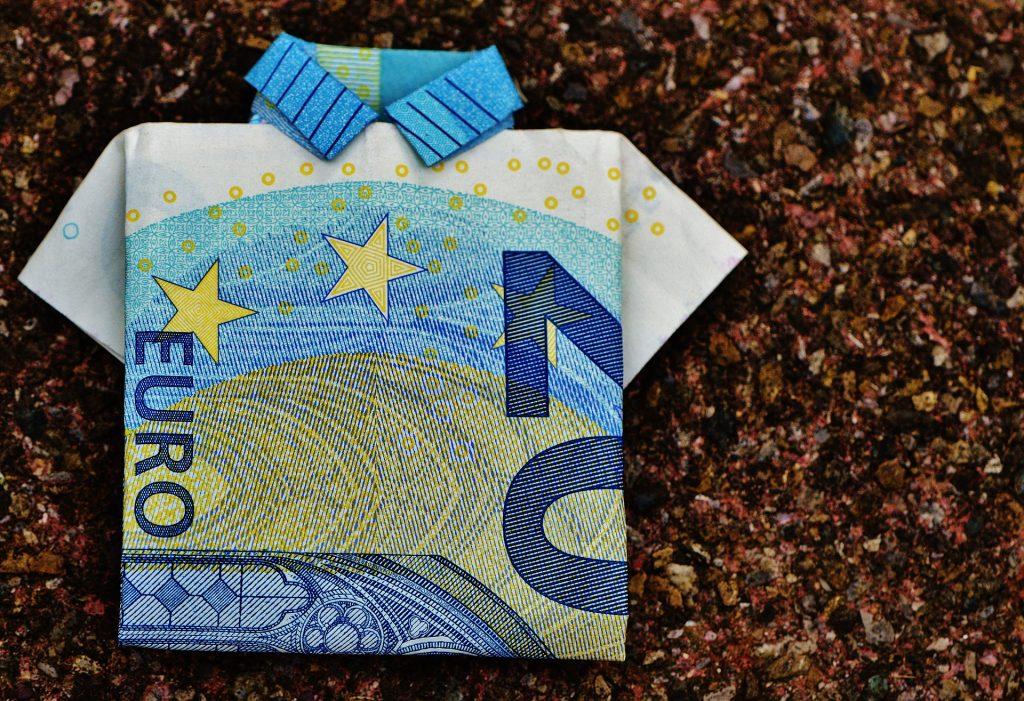
On the occasion, several girls were also found among the rubble, which revealed another reality: that of child employment. In fact, Rina Akter, a worker in the Bangladeshi textile industry who lives in a 4.5 x 4.5 square meter room with her two children and earns 45,000 pesos a month, told the Spanish newspaper El País that although the The legal minimum age to work in garment factories is 18, many start at 12.
In addition, it was revealed worldwide how unsafe these workshops are. “Built on swampy land and with illegally added upper floors, the (Rana Plaza) building was a structural disaster waiting to happen. Many of the brands that make clothes in the building were instantly recognizable: Benetton, Mango, Primark, Walmart,” Christensen wrote of this tragedy.
“Hearing the news of the Rana disaster, I felt sad and outraged and vowed to boycott relevant brands. But I was confused by arguments that stopping buying all products made in Bangladesh hurt companies that made improvements in workplace safety and employee wages. My resolution faded, but the restlessness persisted, "said the lawyer.
But the collapses are not the only problem, there are also the fires, which are recurrent in the textile factories of Bangladesh, generally located in very old buildings, of defective construction and with precarious electrical networks.
All this is added to the fact that by having less strict labor laws and that do not encourage the defense of labor rights, workers can have shifts of up to 54 hours per week.
Christensen explained that the 2011 book “To Die For: Is Fashion Wearing the World?” (To Die For: Is Fashion Using the World?), by British journalist Lucy Siegle, emphasizes the violation of human rights at various stages of fast fashion production. From child labor in cotton production, to the unsafe working conditions of garment assemblers, to the precarious wages of those who work in the area.
“The book reopened my eyes. I hadn't even realized the staggering environmental consequences of fast fashion. Rivers in developing countries, which provide drinking water to locals, are polluted with toxic waste from the production of jeans and leather tanneries. Pesticides are used excessively in cotton production, causing cancer and other terrible health problems, not to mention the degradation of the soil and the compromise of its productive capacity”, added Christensen.
Read also: Report ensures that H&M and Zara would buy from highly polluting factories
Siegle - who was the executive producer of a documentary about the fashion industry, called The True Cost, released in 2015 - shows that on average an American consumes 400% more clothes than 20 years ago and leaves an average of 37 kilos of waste. textiles each year. Statement supported by fashion designer Eileen Fisher, who stated that the clothing industry is the second largest polluter in the world, surpassed only by oil.
“While the problems in today's fashion industry are clear, finding solutions is a challenge. Many retailers now have auditing arrangements in place to monitor the working conditions of the factories in which their garments are produced. But a recent investigation found that supply chain auditing is failing for both workers and the environment and is only really 'working' for business.
Of course, the human rights expert said that as a result of the Rana Plaza disaster, there was a positive action. “Signed in May 2013, the Bangladesh Building Safety and Fire Agreement is a separate five-year pact between brands, retailers and unions designed to build a safe and healthy garment industry in Bangladesh. More than 200 clothing brands, retailers and importers from more than 20 countries signed the agreement”, she expressed. However, the lawyer assured that the low prices at which some retailers offer their garments raise doubts about the effectiveness of this agreement to improve the conditions and wages of the workers, who are mostly women.
anti-union practices
According to a complaint made in February of this year by the organization Human Right Watch (HRW), which defends and promotes human rights, the local administrators of the textile factories in Bangladesh persecute workers who demand better wages and more decent working conditions.
“Going after union activists and intimidating workers, instead of addressing their wage claims, tarnishes Bangladesh's reputation and contradicts government and industry claims that they are committed to upholding workers' rights,” said Phil Robertson , deputy director for Asia at Human Rights Watch. “Global apparel brands that buy from Bangladesh and donors should demand that the government stop persecuting workers and labor rights activists.”
“The workers closed ranks demanding an increase in the minimum monthly salary, from 5,300 takas (41 thousand Chilean pesos) to 15,000 (116 thousand pesos) or 16,000 (124 thousand pesos). In 2016, the Fair Labor Association determined that the purchasing power of the average salary of a worker in a factory in Bangladesh was below the poverty line established by the World Bank, ”showed HRW, adding that the petition was rejected by both the Bangladeshi government as well as by the Garment Manufacturers and Exporters Association of the area.
What can we do?
For Christensen, the solution to this problem is to buy less and ethically. “Look for fair trade and organic cotton certifications. Use clothing repair services. She prefers slow fashion, choosing higher quality essential pieces that last for years to come. If we punish with our wallets, the fashion industry will be forced to change,” she expressed.
“As the production of our clothes now takes place so far away, we have been completely cut off, losing sight of the labor hours involved and instead only considering their price,” the lawyer emphasized.
Others suggest buying garments made in countries with strict labor laws and leaving aside those "made in Bangladesh".
However, for Kalpona Akter - a former child worker in these factories - this is not the solution.
"Don't boycott clothes made in Bangladesh, that's not the solution, it's our main industry and it's our job," she told news.com.au.
“But ask the store manager where your jeans or clothes come from, and if the person who made them is paid a fair wage. They probably won't know the answer, but if people ask, it will eventually make it to the top of the chain,” she recommended.
Akter, who is executive director of the Bangladesh Workers Solidarity Center, acknowledges that brands have taken steps in recent years to make manufacturing more ethical, but in her opinion they have not gone far enough.
“They may have joined the Bangladesh Accord on Fire and Construction Safety, but can they ensure workers are paid a fair wage?” she said. “(Paying) the minimum wage is not enough to sustain a sustainable living wage. If the big brands gave just a few cents of their huge profits, it would make a big difference to workers in Bangladesh. Yes, we need jobs, but we also need dignity,” the woman said.
Kalpona started working in a garment factory with her younger brother when she was only 12 years old. “I remember I worked 16 to 20 hours and I was so tired we slept on the factory floor,” she said. She worked 400 hours a month and was paid 3,000 Chilean pesos. "There was verbal abuse and we were slapped for making minor mistakes," she confided.
Despite everything, she recognizes that the textile industry is the backbone of the local economy. "About 80% of our exports are garments and the industry employs four million people, 80% of whom are women," she said.
Although she acknowledges that conditions have improved since what happened at Rana Plaza in 2013, she knows that there is still much to be done.


